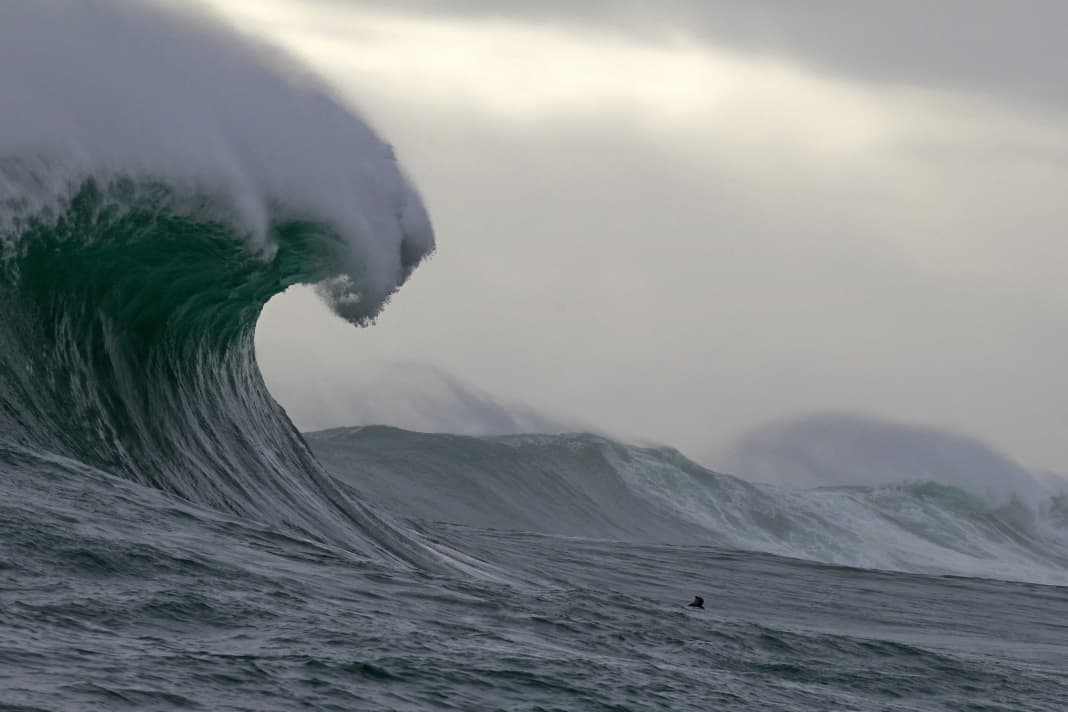





Until 1995, when a 26 metre high wave hit the Norwegian oil platform "Draupner", stories about monster waves or cavemen, as they are also known, were considered to be ridiculed sailors' fiction. At that time, a monster wave was measured for the first time using digital instruments, proving that abnormal ocean waves really do exist.
Since then, the waves have been the subject of numerous studies. But it is only now that researchers at the Niels Bohr Institute at the University of Copenhagen have succeeded in developing a mathematical model that provides the "recipe" for how - and above all when - extreme ocean waves can occur.
"Basically, it's bad luck when one of these very large waves occurs. It is a combination of many factors that could not previously be summarised in a single risk assessment. In the study, we mapped the causes of a monster wave and combined them in a model that uses artificial intelligence to calculate the probability of it actually occurring," says Dion Häfner, former doctoral student at the Niels Bohr Institute and lead author of the scientific study.
Abnormal waves occur almost daily
The research results show that monster waves occur regularly. In the calculations, the researchers combined available data on sea movements and the shape of the seabed. Most important, however, is the wave data from a total of 150 buoys that continuously collect wave data off the US coast. The huge dataset recorded 100,000 waves that can be defined as monster waves, meaning that between 0.1 and 1 abnormal wave occurs daily at any given location in the ocean. "However, not all of these waves are monster waves of extreme strength," explains Johannes Gemmrich from the University of Victoria and second author of the study.
The researchers also concluded that the predominant factor in the formation of giant waves is what is known as linear superposition. This phenomenon has been known for 400 years and occurs when two wave systems intersect and then reinforce each other for a short time.
Safe shipping traffic despite monster waves
The researchers' algorithm is good news for the shipping industry, where around 50,000 cargo ships are travelling the seas at all times of the day and night. Using the algorithm, it will be possible to predict when the "perfect" combination of factors is present to create a monster wave that could pose a danger to people at sea.
"When shipping companies plan their shipping routes days in advance, our algorithm gives them a risk assessment of whether the route they have planned is at risk of encountering monster waves. On this basis, they can then choose alternative routes," says Dion Häfner.
The algorithm and the research results are publicly accessible, as are the weather and wave data used by the researchers. Therefore, according to Dion Häfner, interested authorities and weather services can simply start calculating the probability of monster waves.
